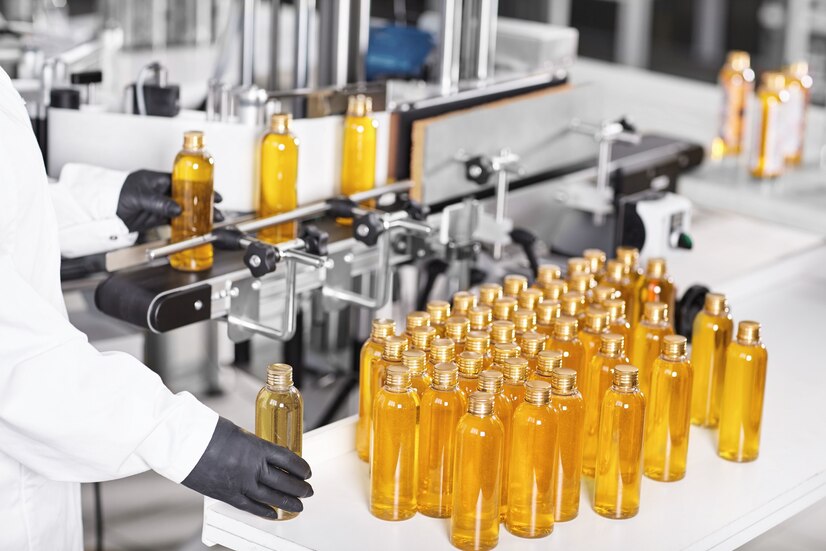High-pressure die casting, a powerhouse in metalworking, transforms molten metal into an array of intricate and functional parts. From car engine components to smartphone housings, this rapid and efficient process shapes our world in countless ways. But what exactly happens behind the scenes? Let’s break down the easy steps of high-pressure die casting:
Step 1: Mold Preparation (Getting the Stage Ready)
Imagine a two-piece metal mold as the stage for the casting drama. This mold, a crucial element, has a cavity that defines the final shape of the part. Before the molten metal takes center stage, the mold undergoes some preparations:
Cleaning: Any dirt or debris within the mold cavity needs to be meticulously removed to ensure a smooth casting process and a flawless part surface.
Lubrication: A special lubricant is applied by mold manufacturer China to the inner surfaces of the mold. This lubricant serves two purposes: it regulates the temperature within the mold cavity and creates a thin film that aids in easy part removal after solidification.
Step 2: Injection (The Molten Metal Makes an Entrance)
The main character, the molten metal, is brought to life in a furnace where the chosen metal alloy (often aluminum, zinc, or magnesium) is heated until it liquefies. Once ready, the molten metal is injected at high pressure (think thousands of pounds per square inch!) into the mold cavity through a narrow opening called the sprue. Imagine a powerful syringe injecting the metal into the mold’s prepared cavity.
Step 3: Holding & Solidification (Giving the Metal Time to Shine)
The Die casting China isn’t left to its own devices. The mold remains clamped shut for a specific time, allowing the molten metal to solidify completely within the cavity. This dwell time ensures the metal fills every corner of the mold, resulting in a dimensionally accurate part. Think of it as giving the metal time to cool down and set in its final form.
Step 4: Cooling Things Down (Bringing the Temperature Back to Earth)
The metal might be solidified, but it’s still quite hot. To expedite the process and ensure proper part properties, a cooling system comes into play. Channels built into the mold circulate a coolant (water or oil), rapidly extracting heat from the metal. The faster the cooling, the faster the parts are ready for the next step.
Step 5: Mold Opening & Ejection (Time to Release the Part!)
Once the metal has cooled and hardened sufficiently, the mold opens, revealing the newly formed casting. But the part isn’t quite ready to join the world just yet. Ejector pins strategically placed within the mold push the part out. Think of these pins as gentle hands carefully removing the part from its mold-made cradle.
Step 6: Trimming & Finishing (The Final Touches)
The ejected part might still have a thin remnant of metal attached, stemming from the sprue that delivered the molten metal. This excess material, often called the “gate vestige,” is typically trimmed off using secondary processes. Depending on the application, the part might undergo additional finishing touches for a polished look, such as de-flashing (removing sharp edges) or surface treatments (painting, plating).
Step 7: The Cycle Continues (The Magic Never Stops!)
The beauty of high-pressure die casting lies in its continuous and cyclical nature. Once the part is trimmed and finished, the mold closes again, and fresh molten metal is injected, ready to create the next identical part. This cycle repeats, transforming liquid metal into precise and functional components at a rapid pace.
High-Pressure Die Casting: A Powerful Technique
By following these easy steps, you gain a basic understanding of the magic behind high-pressure die casting. This efficient process offers numerous advantages, including:
High Production Rates: Mass production of identical parts becomes achievable due to the speed and automation of the process.
Near-Net-Shape Parts: Die casting delivers parts with minimal dimensional deviations, reducing the need for extensive post-processing compared to other techniques.
Material Versatility: A wide range of metal alloys can be used, catering to various strength, weight, and corrosion resistance requirements.
In Conclusion:
While high-pressure die casting excels in many ways, it’s essential to consider factors like initial mold cost and part design complexity when choosing the most suitable manufacturing method for your project. Nevertheless, this remarkable process continues to shape the metal components that make up our world.
Must Read :
- How To Earn Using FeetFinder?
- What Is Your Review Of DoubleList?
- Watch New Movies On Bflix! Is It Safe To Use Bflix?

